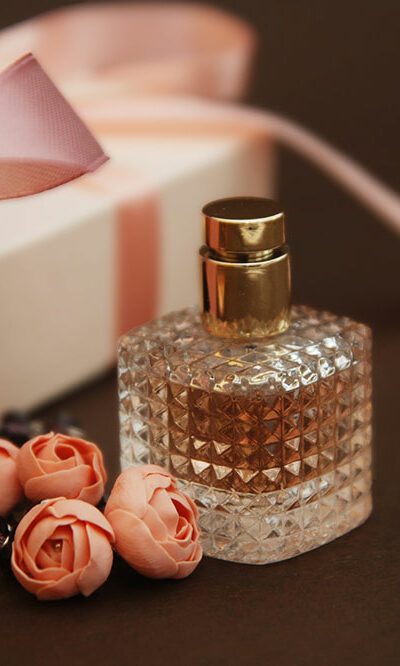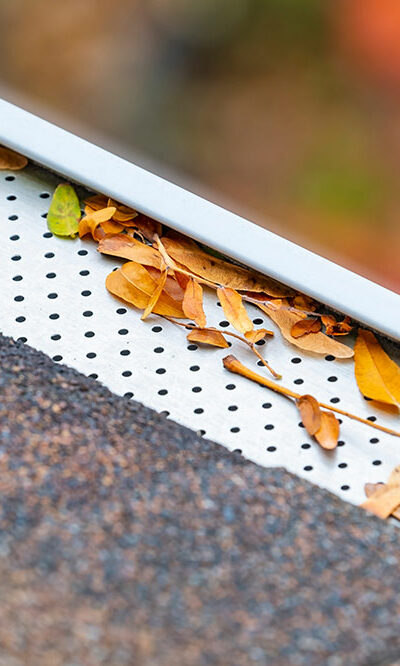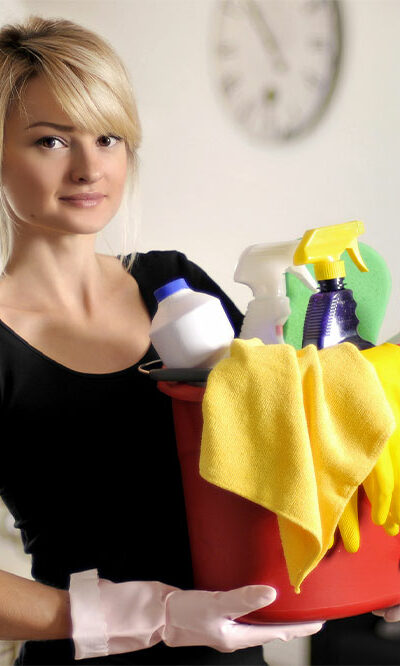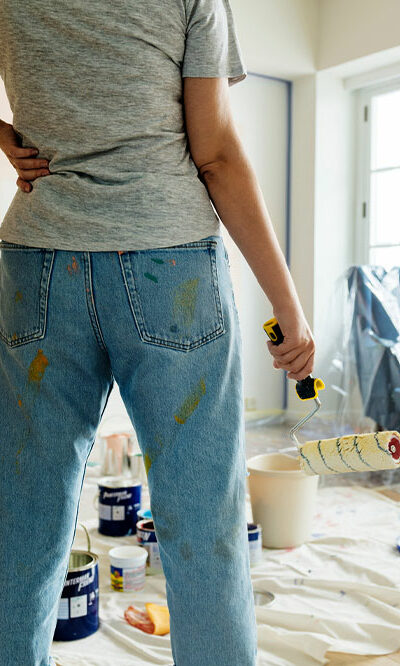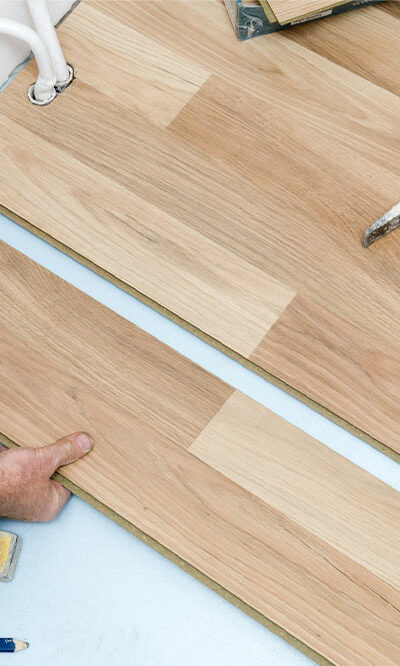
7 common home improvement mistakes to avoid
Embarking on a home improvement project can be an exciting endeavor. These projects offer homeowners the chance to add value, functionality, and a touch of their personality to their living spaces. However, without proper planning and execution, these projects can rapidly go over budget. So, here are some common home improvement mistakes to avoid to ensure the remodeling journey is smooth, satisfying, and adds lasting value to one’s property. Underestimating the budget Homeowners often make the mistake of underestimating the total cost of their project before embarking on it. It’s essential to create a detailed budget, accounting for materials, labor, and any unexpected contingencies. One should allow for a buffer in one’s budget to tackle unforeseen challenges that may arise during the renovation process. Skipping research and planning Jumping into a home improvement project without proper research and planning can lead to inefficient use of resources and unsatisfactory results. One is advised to take the time to thoroughly research design ideas, materials, and potential contractors. One can plan out the entire project step by step, considering timelines, permits, and potential disruptions to one’s daily life during the renovation. Hiring the wrong contractors Selecting the right contractors is crucial to the success of one’s home improvement project. Avoid the mistake of hiring the first contractor one comes across or solely considering the lowest bid. One can take the time to interview multiple contractors, check references, and review past projects to ensure one is hiring a reputable, experienced, and licensed professional. Sacrificing quality for cost While it’s essential to stick to one’s budget, compromising on the quality of materials and workmanship is a mistake that can cost one in the long run. Inferior materials may wear out faster, requiring expensive repairs sooner than expected. One should thus invest in durable, high-quality materials and skilled labor to ensure one’s renovations stand the test of time.


